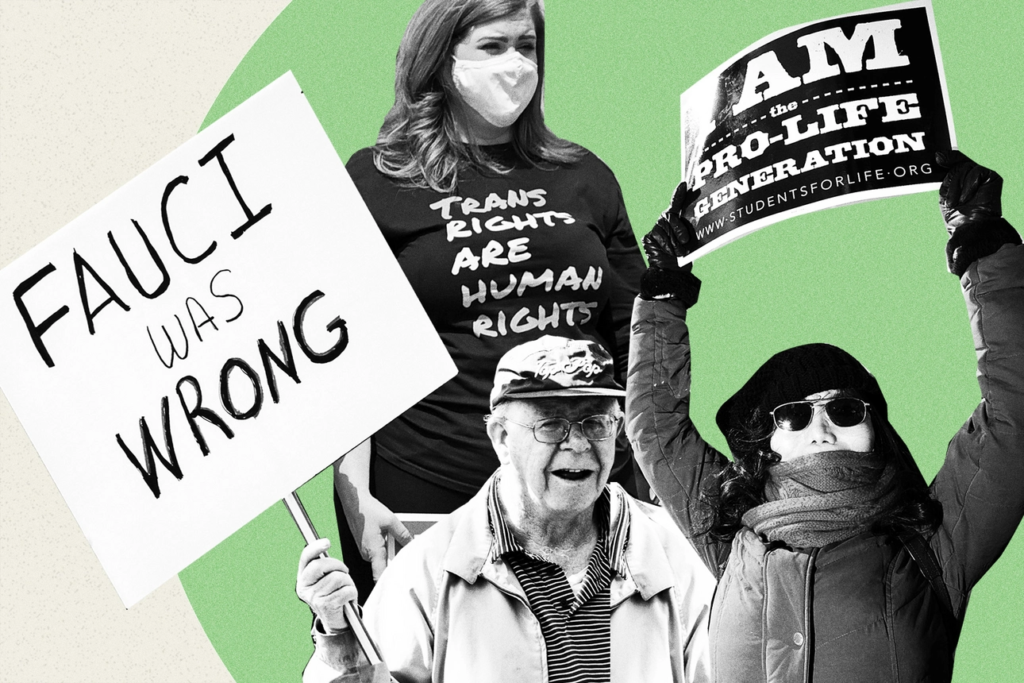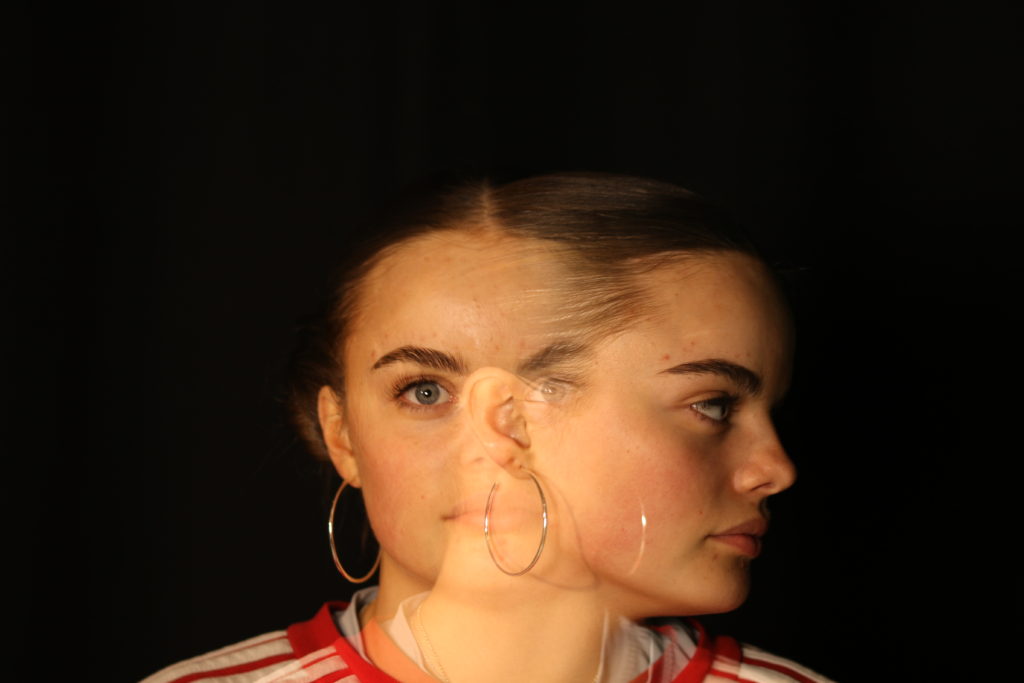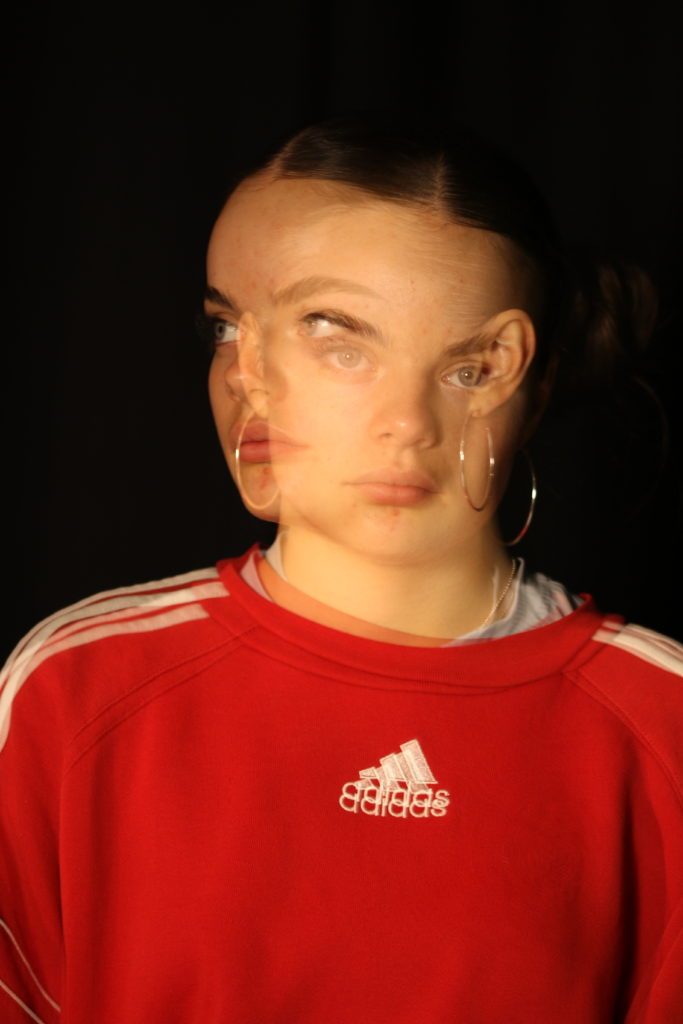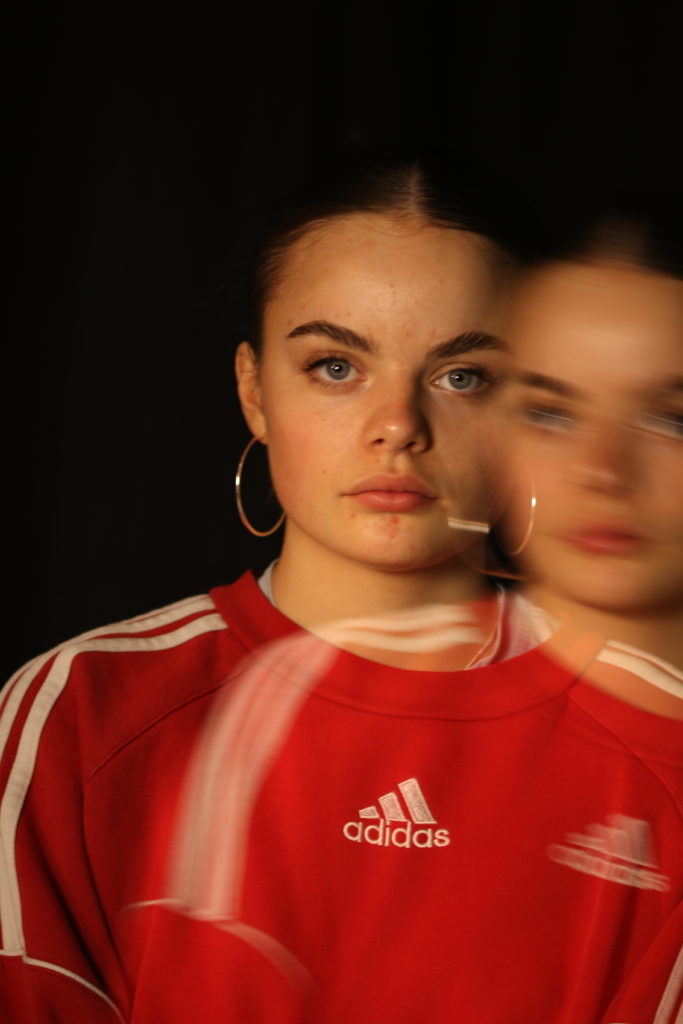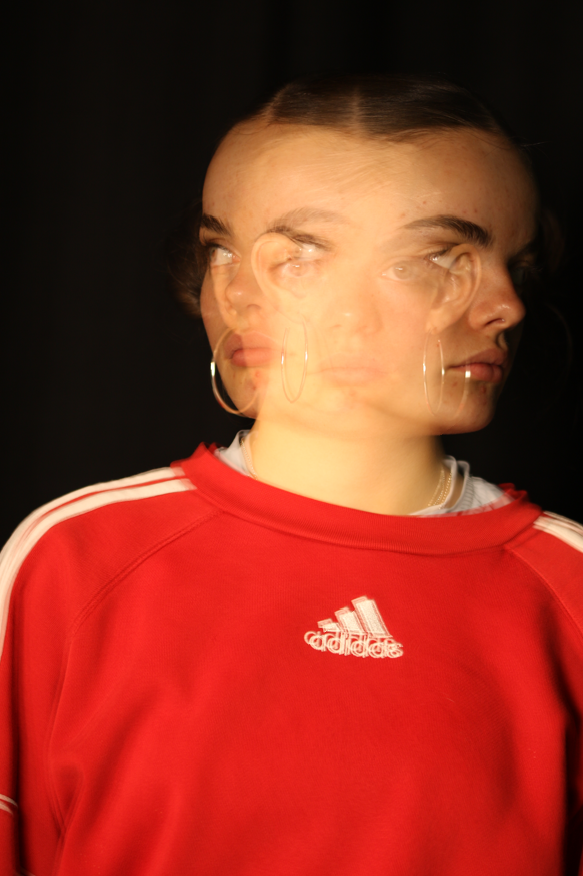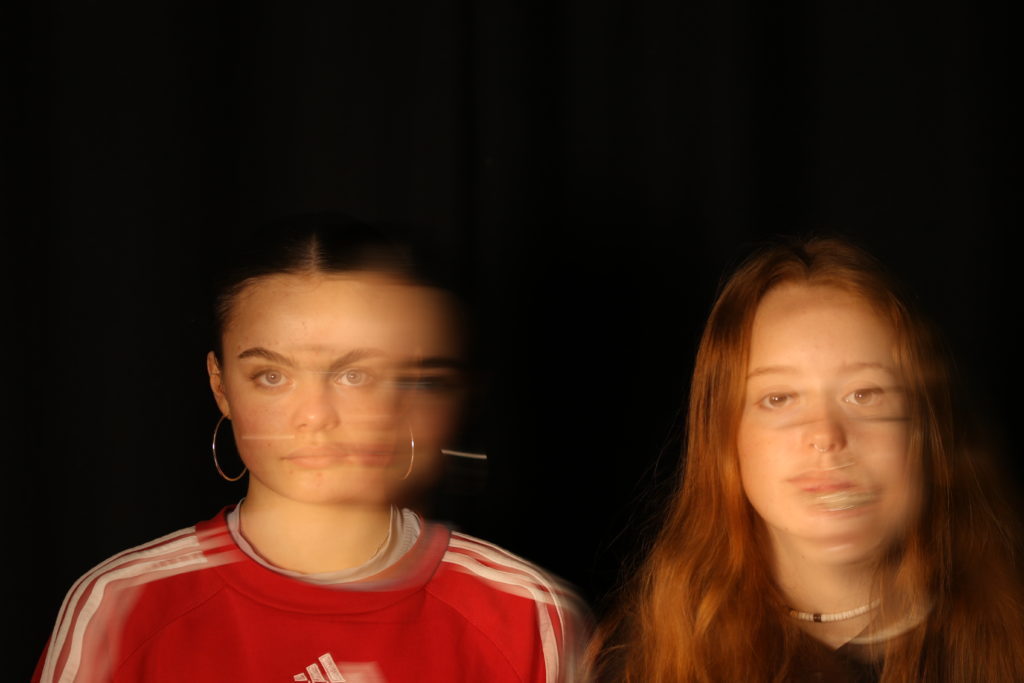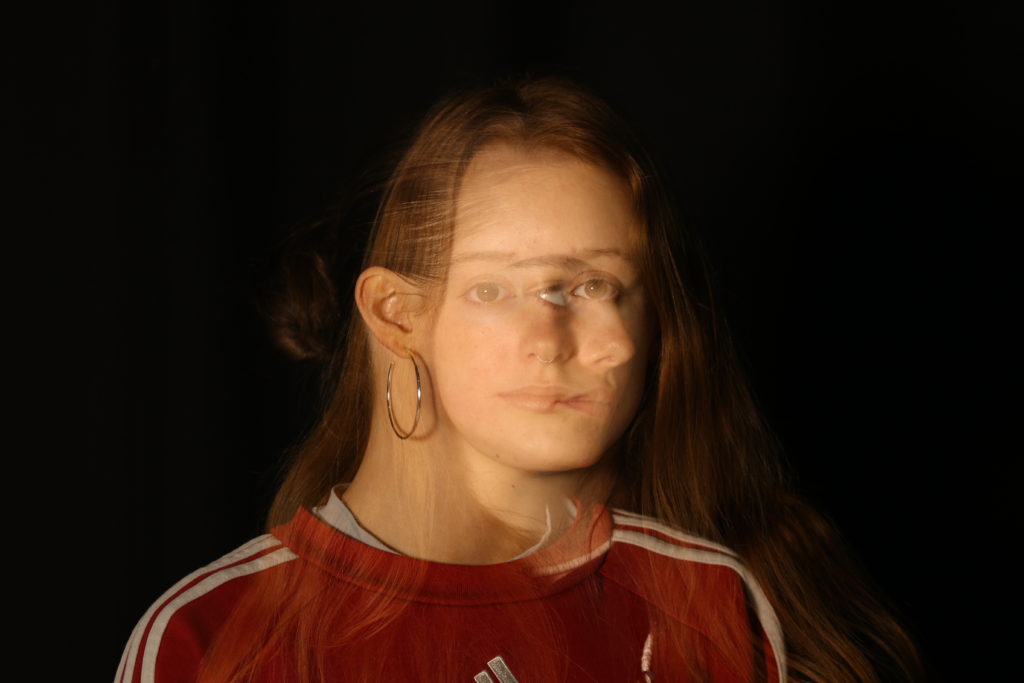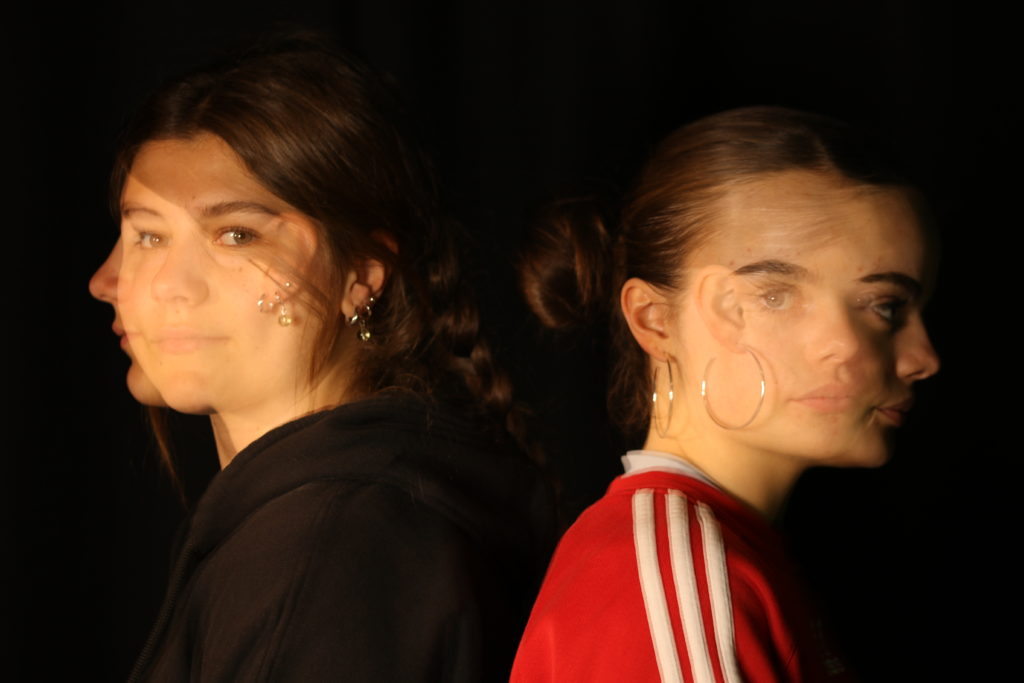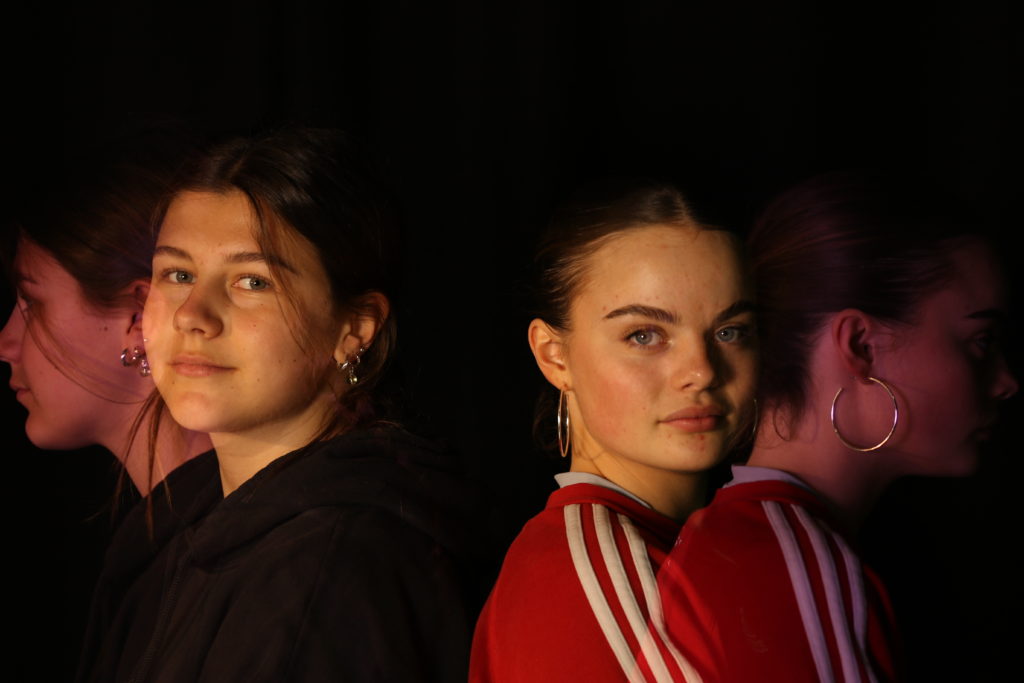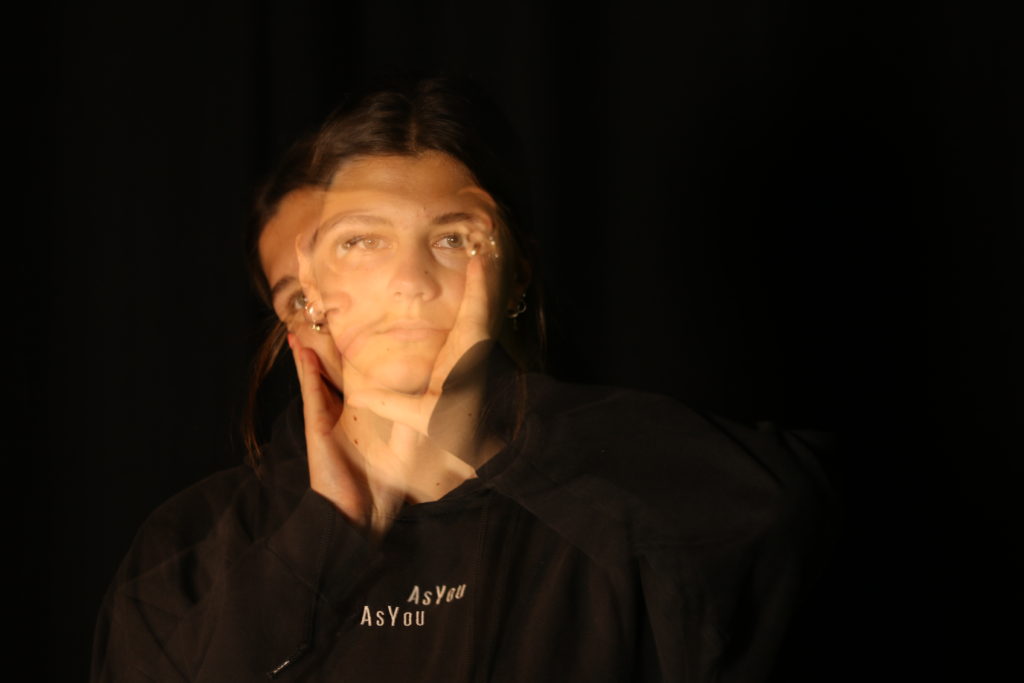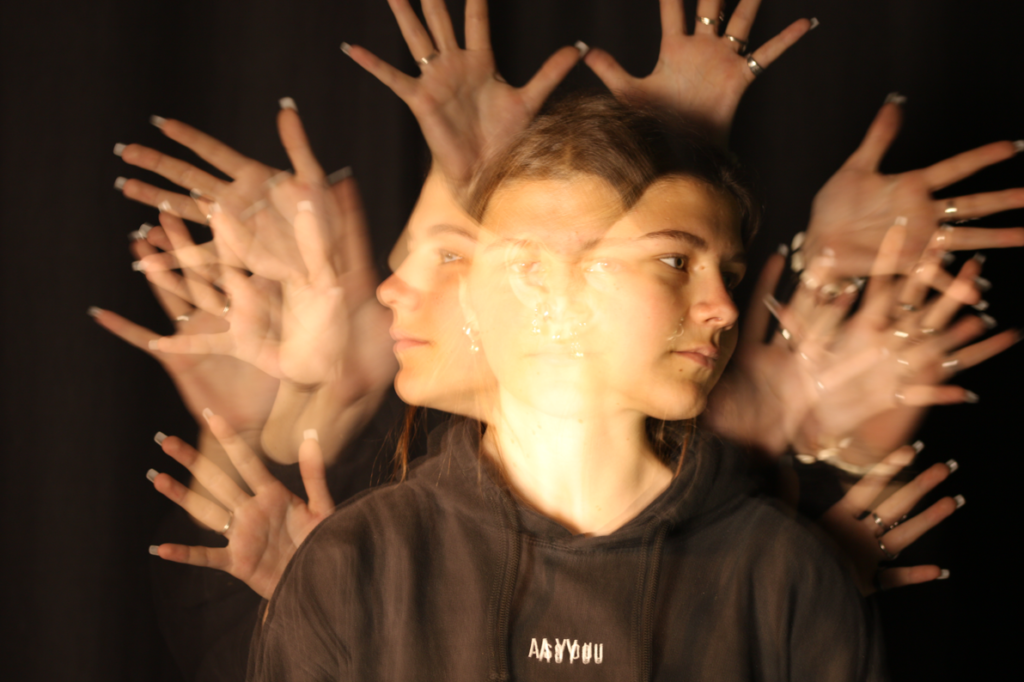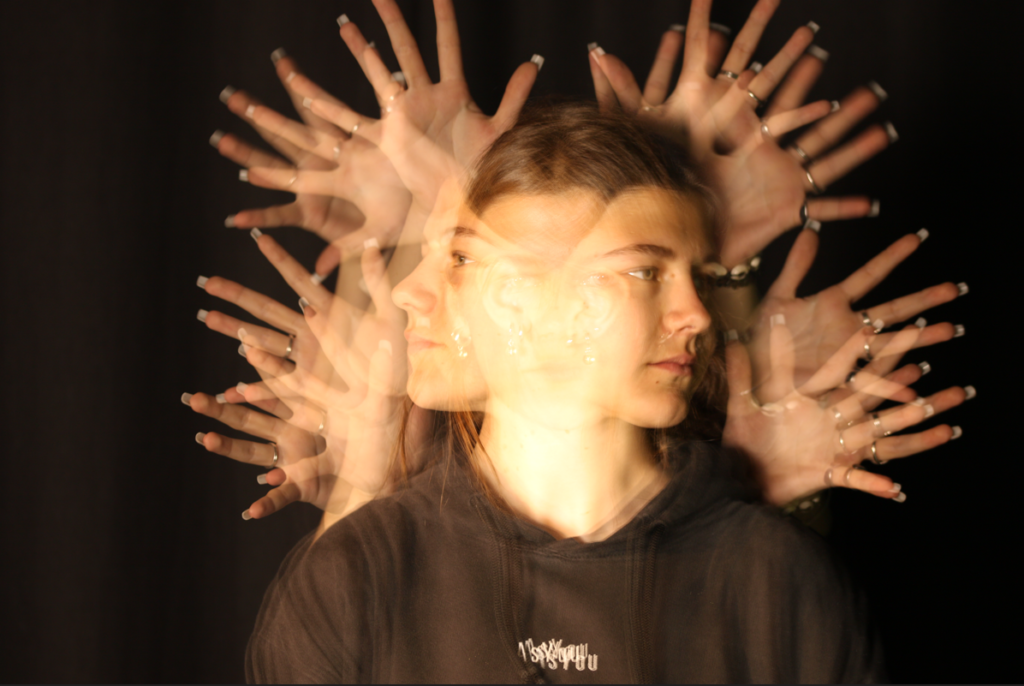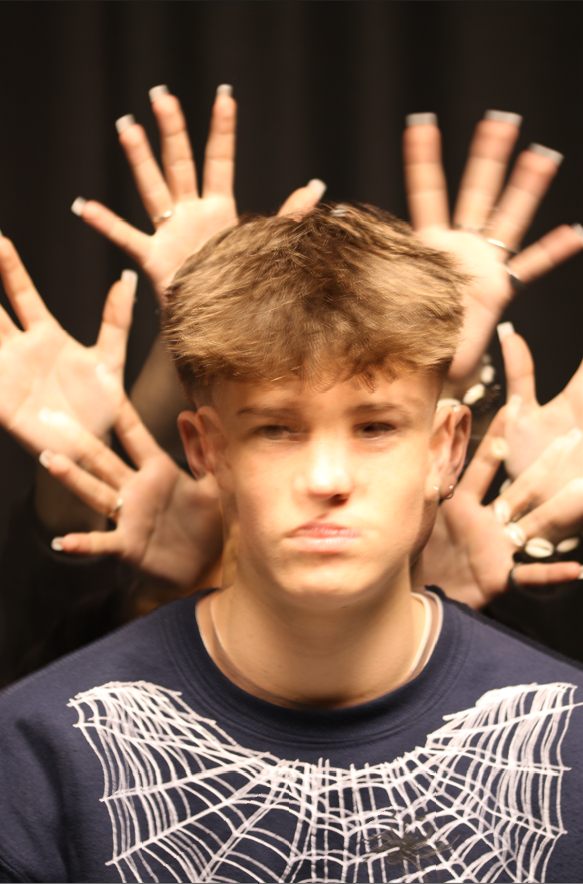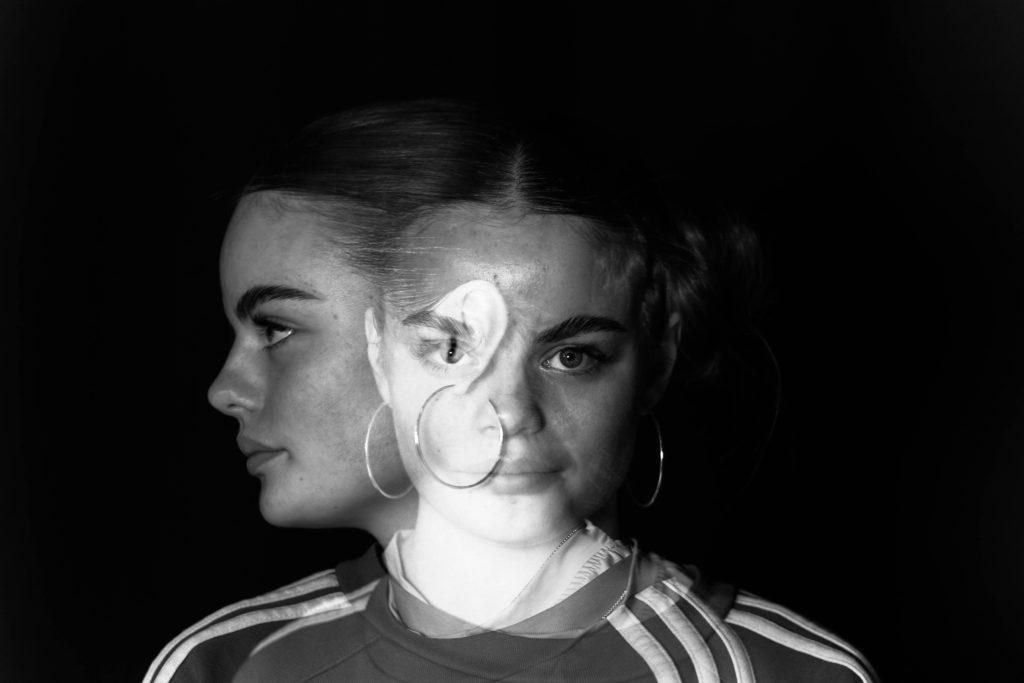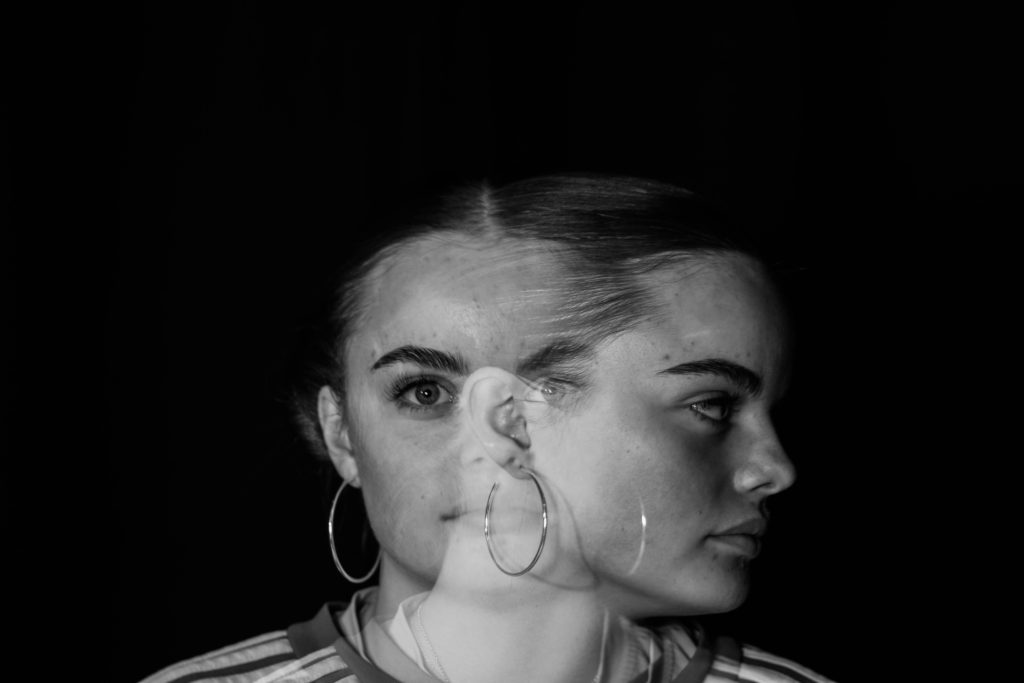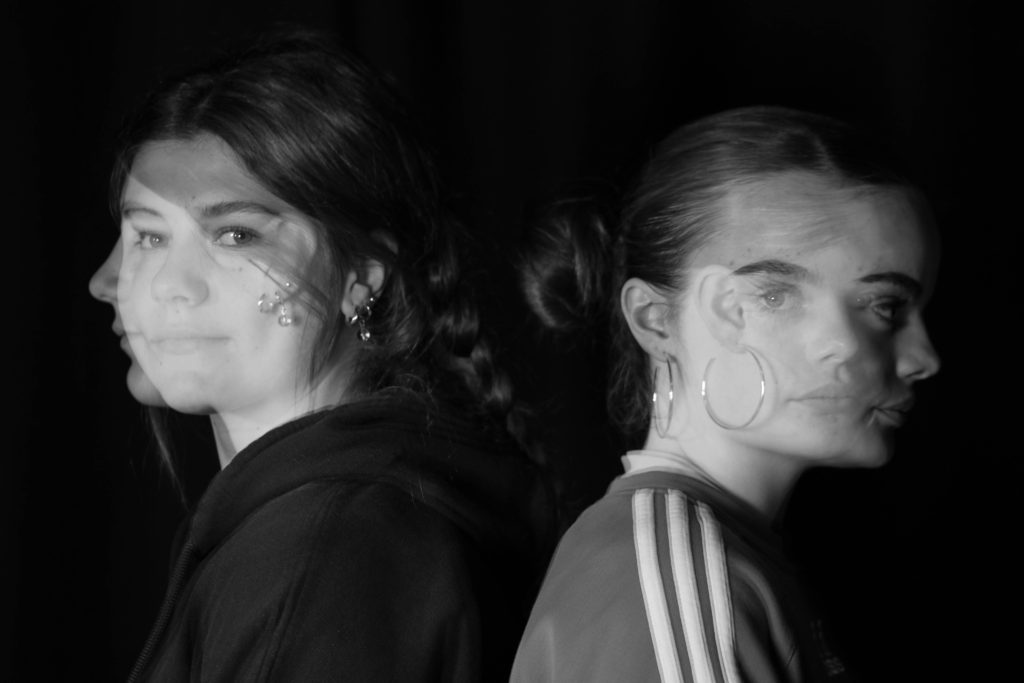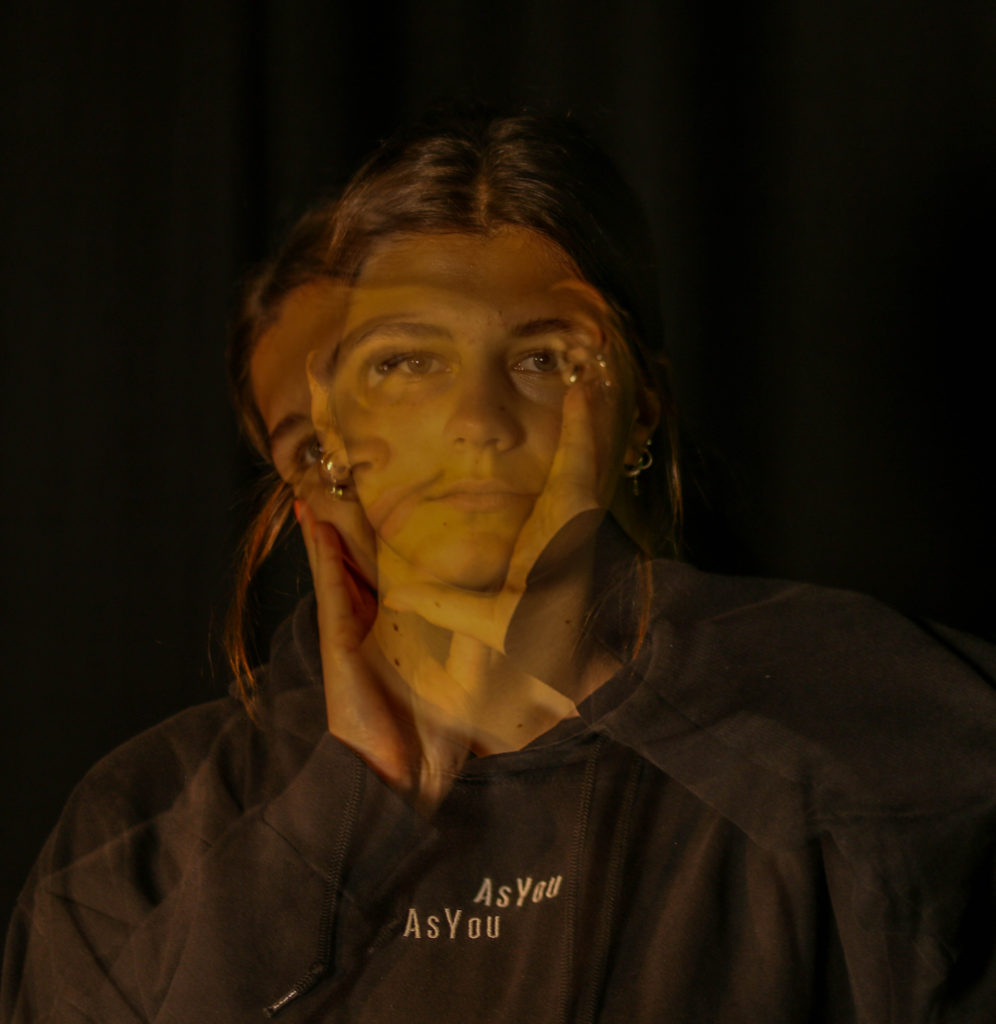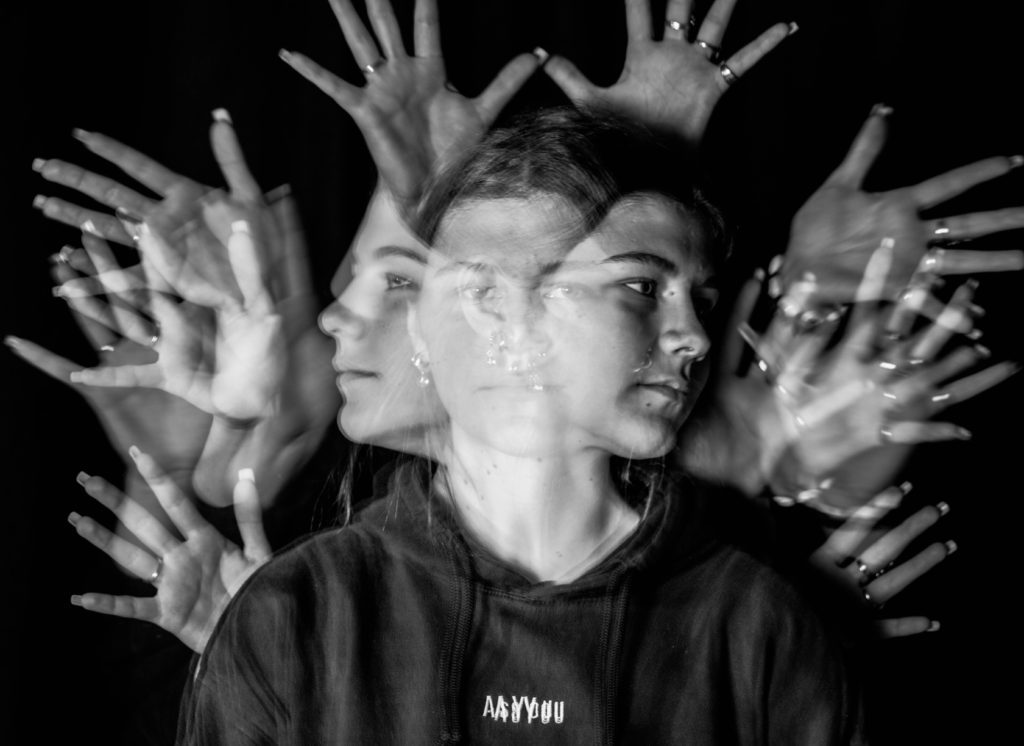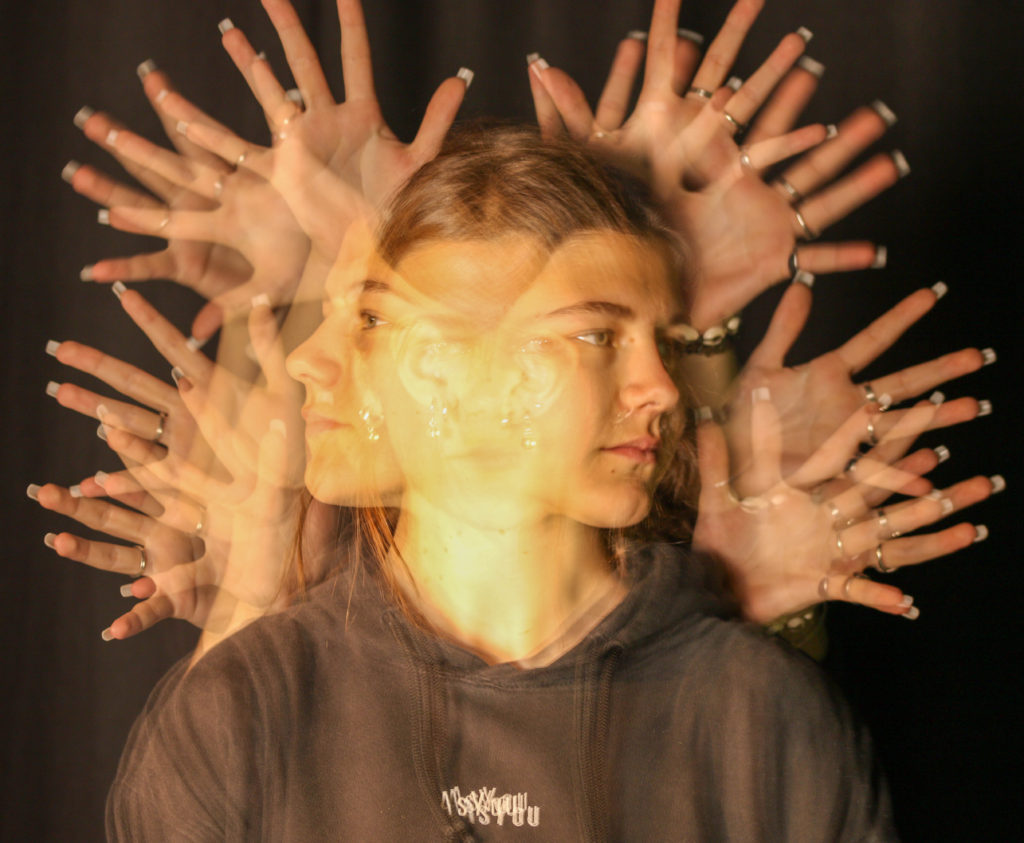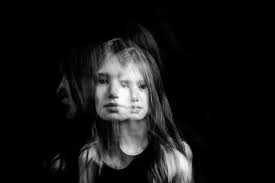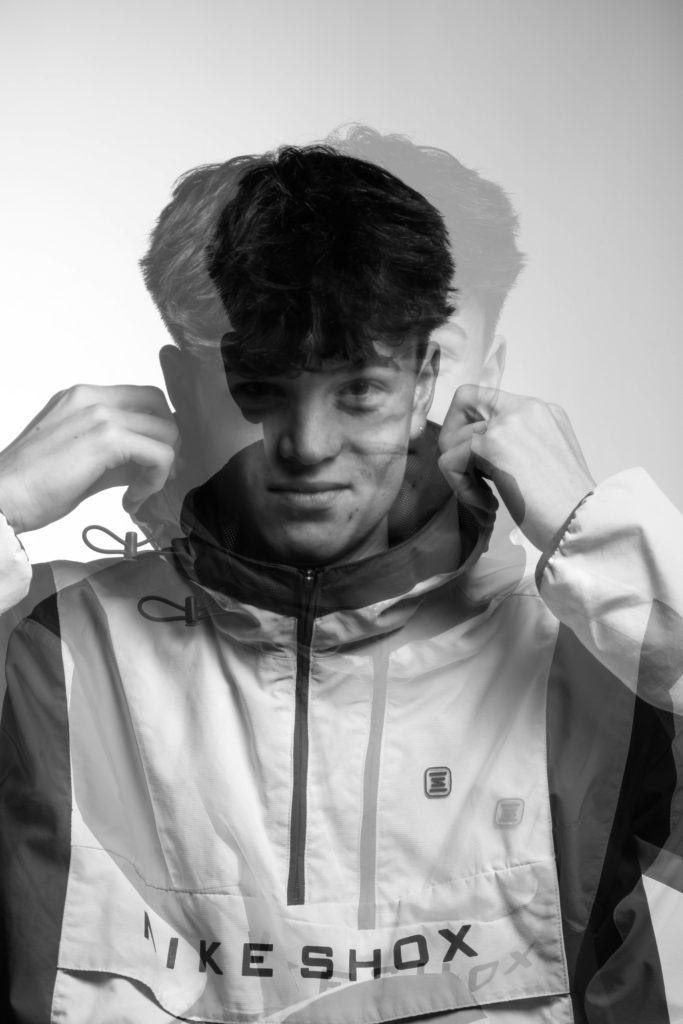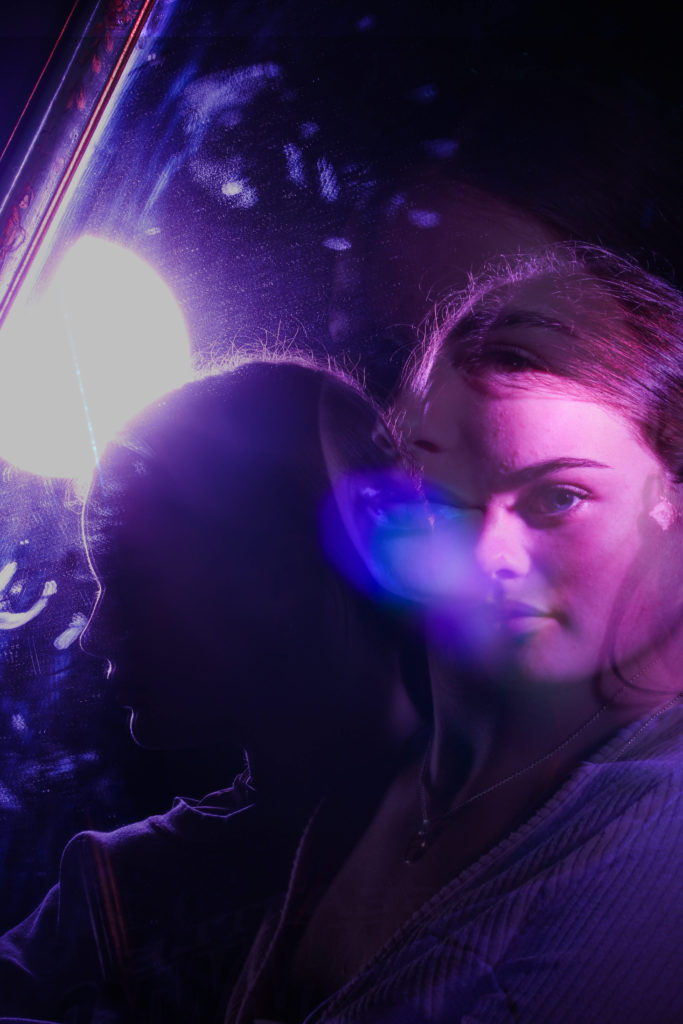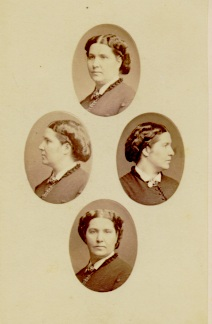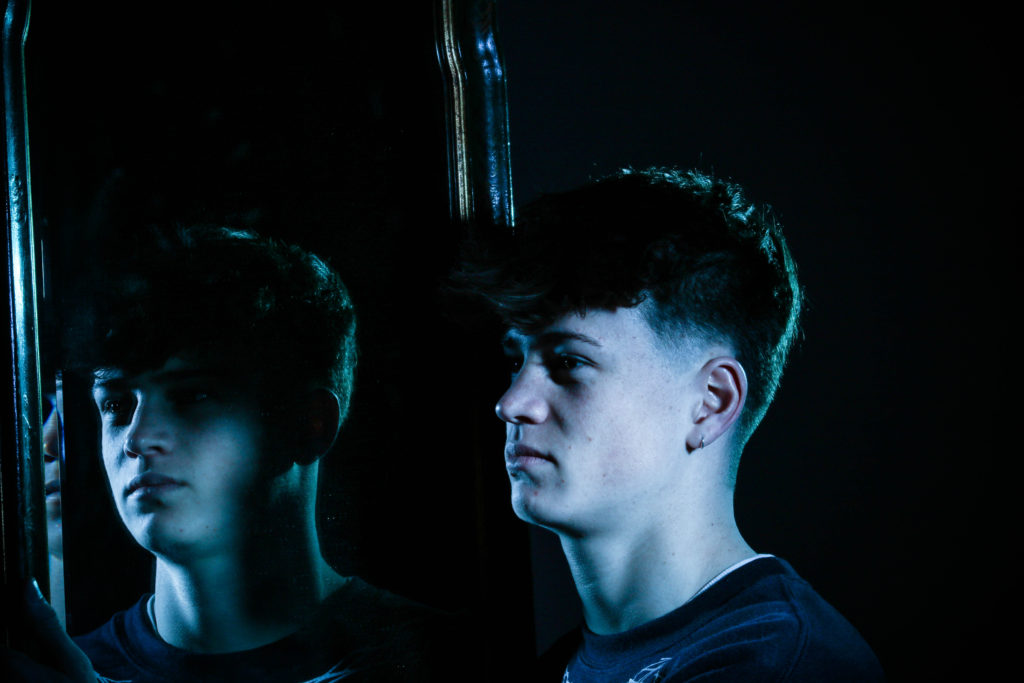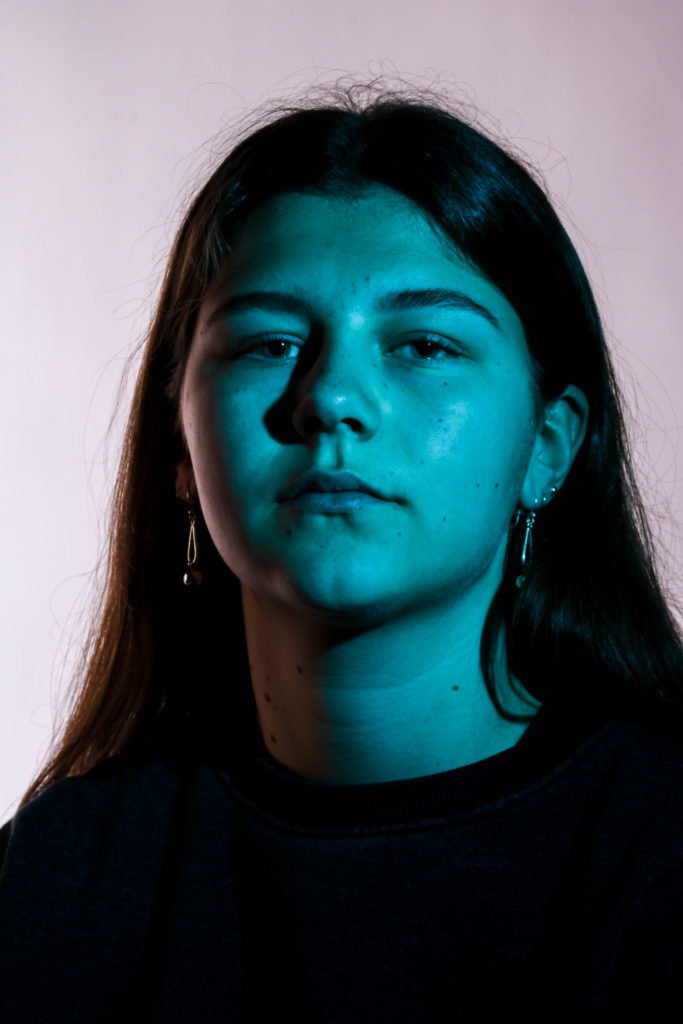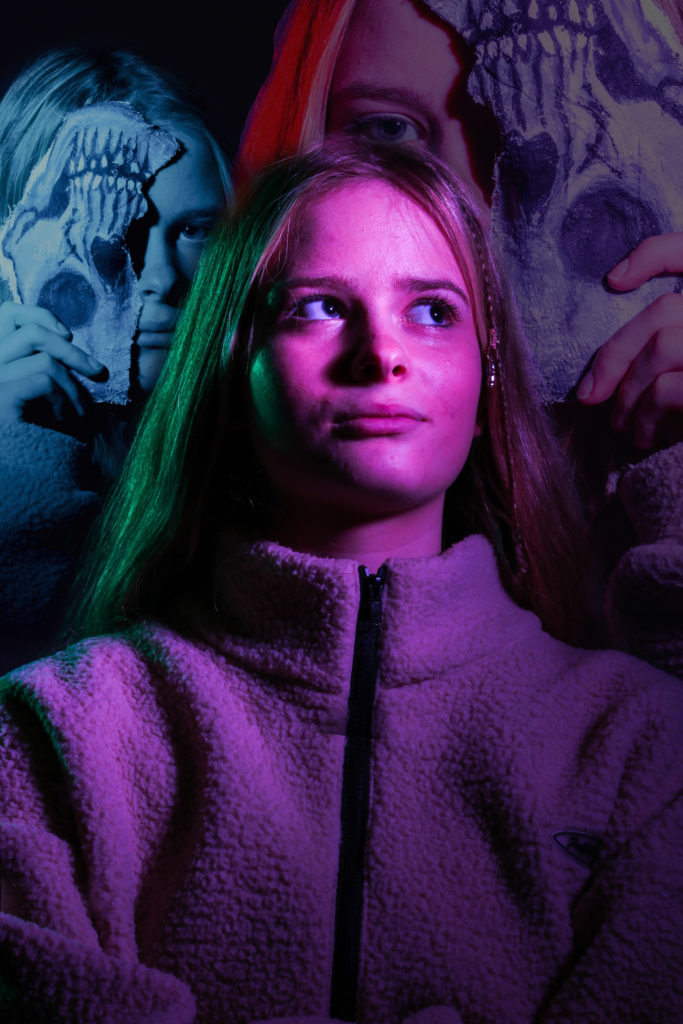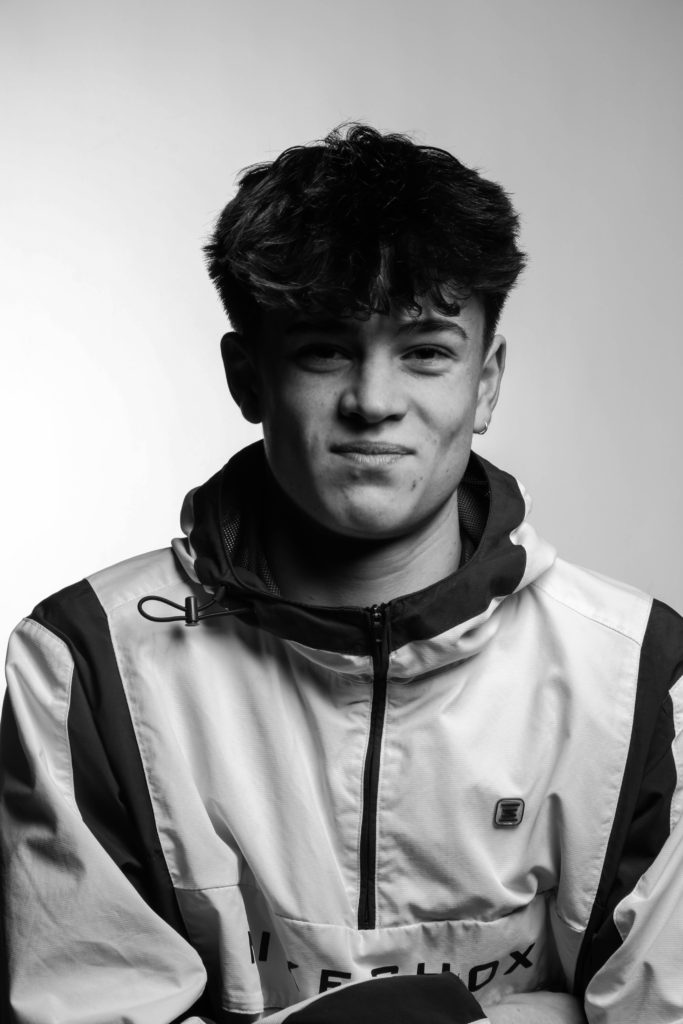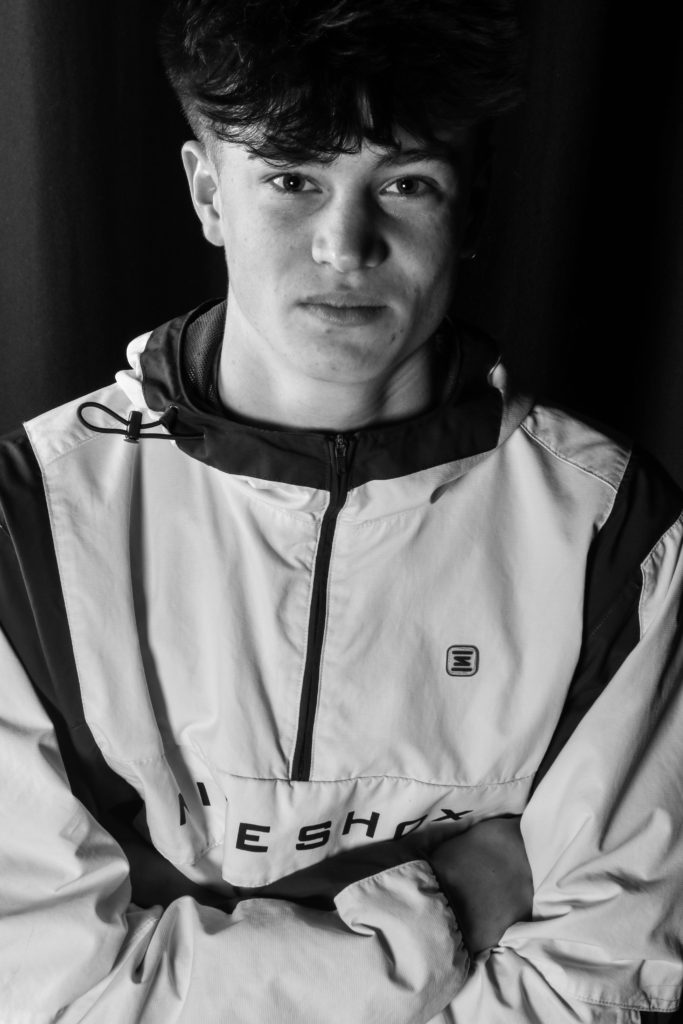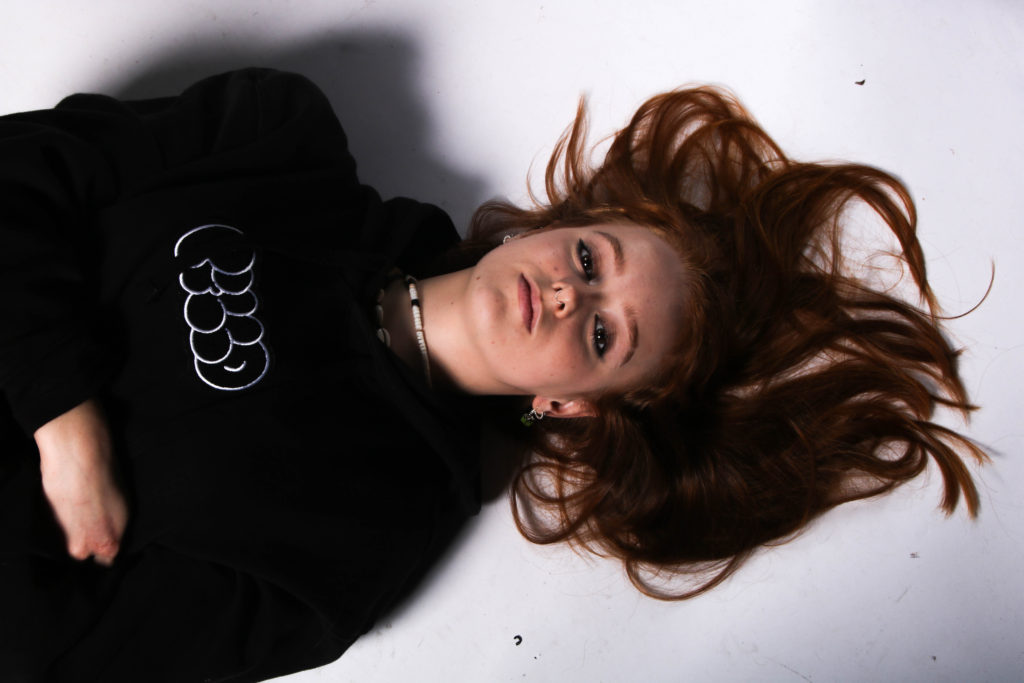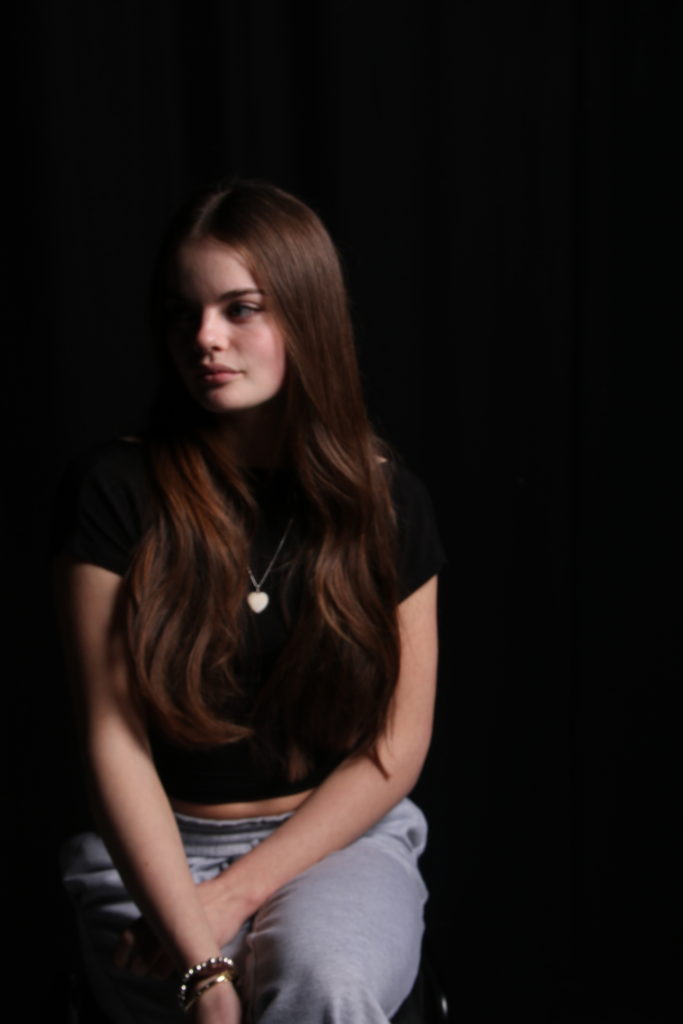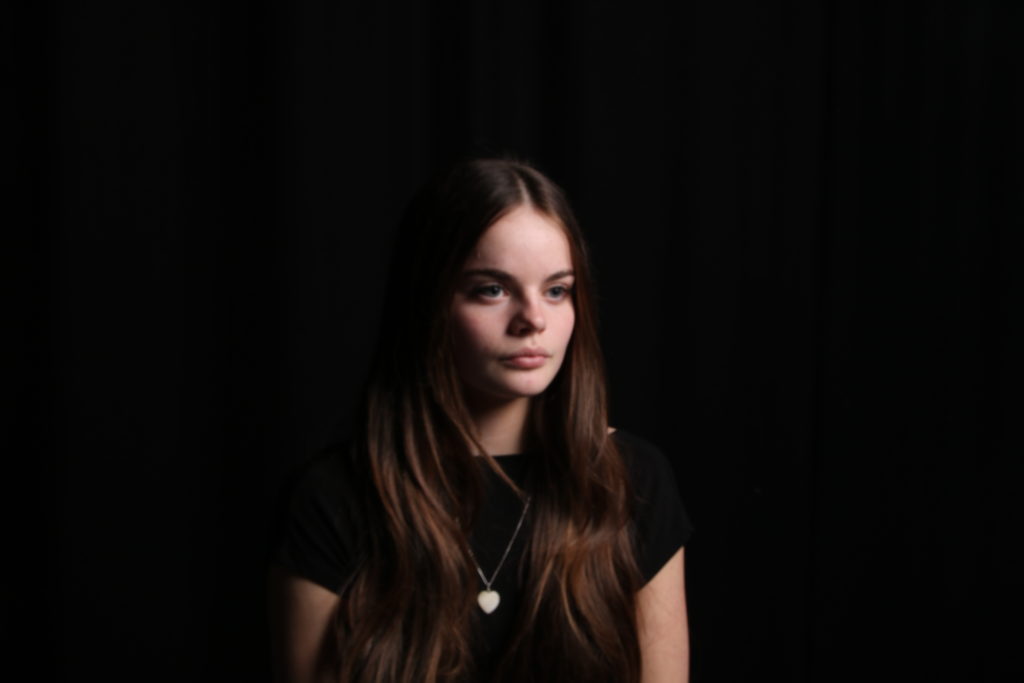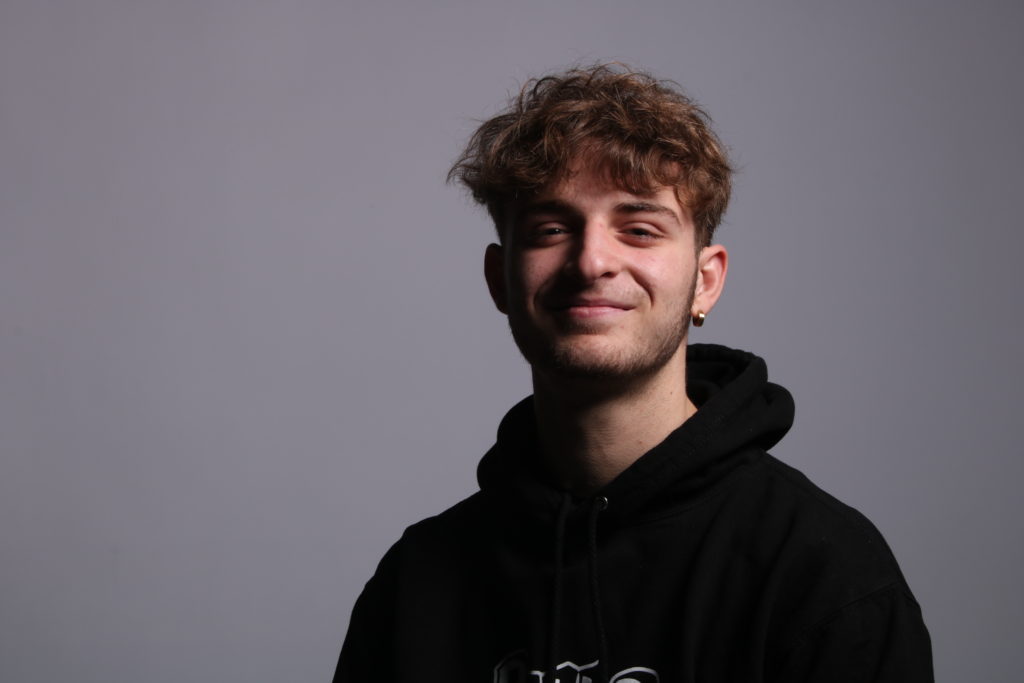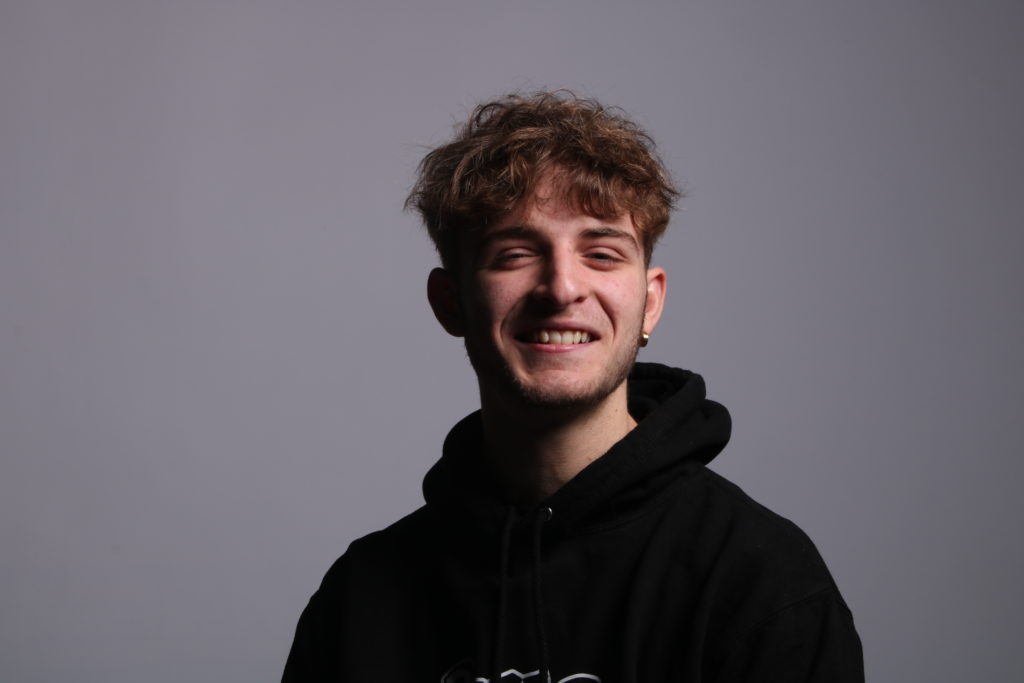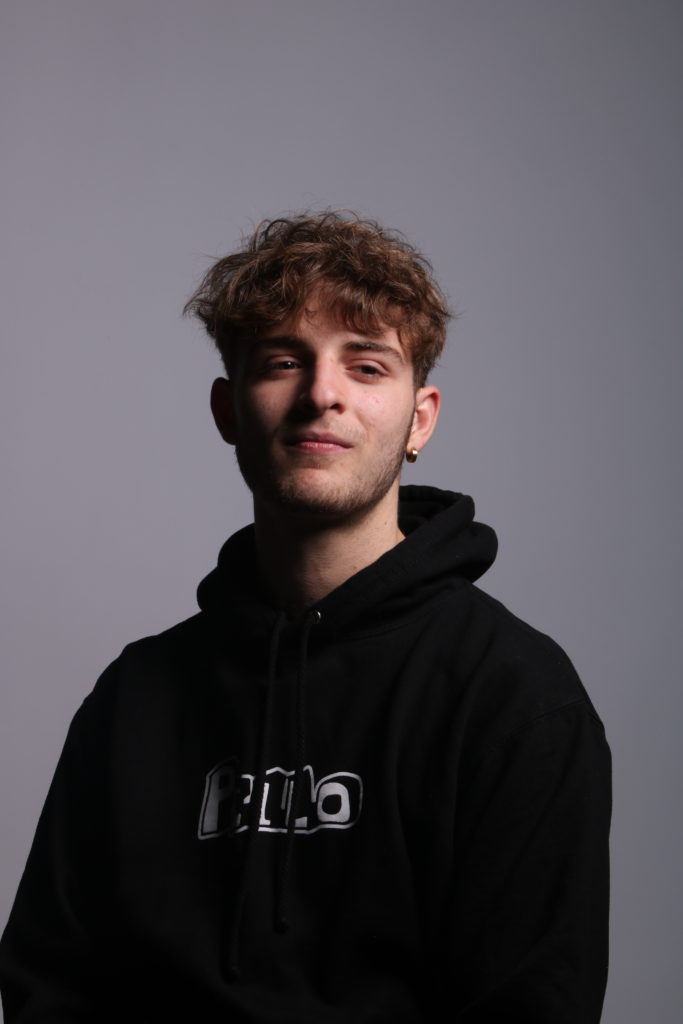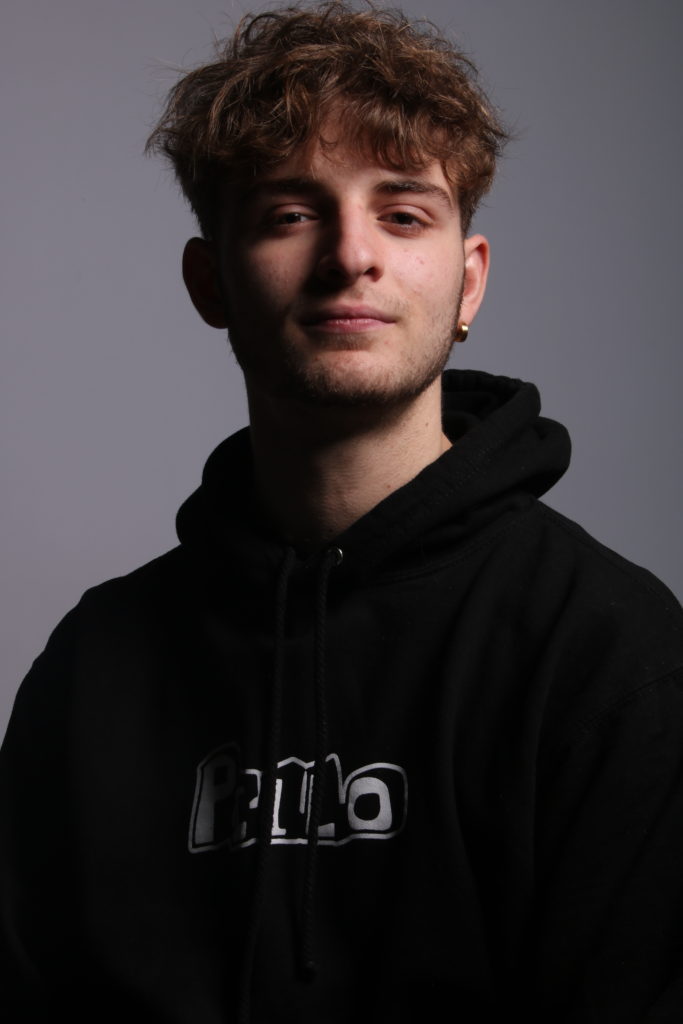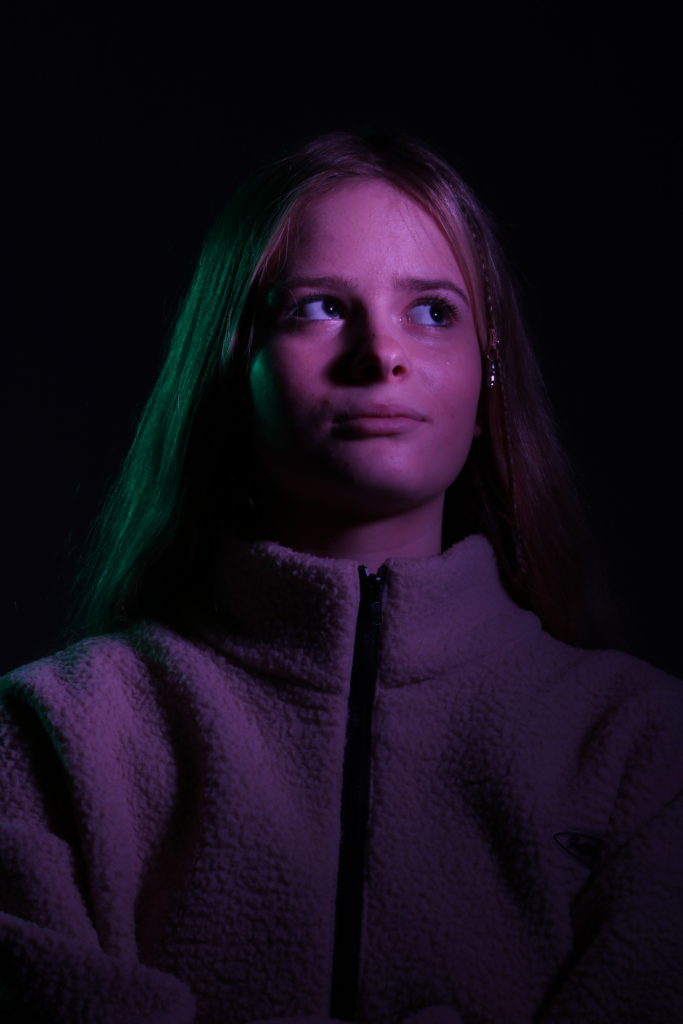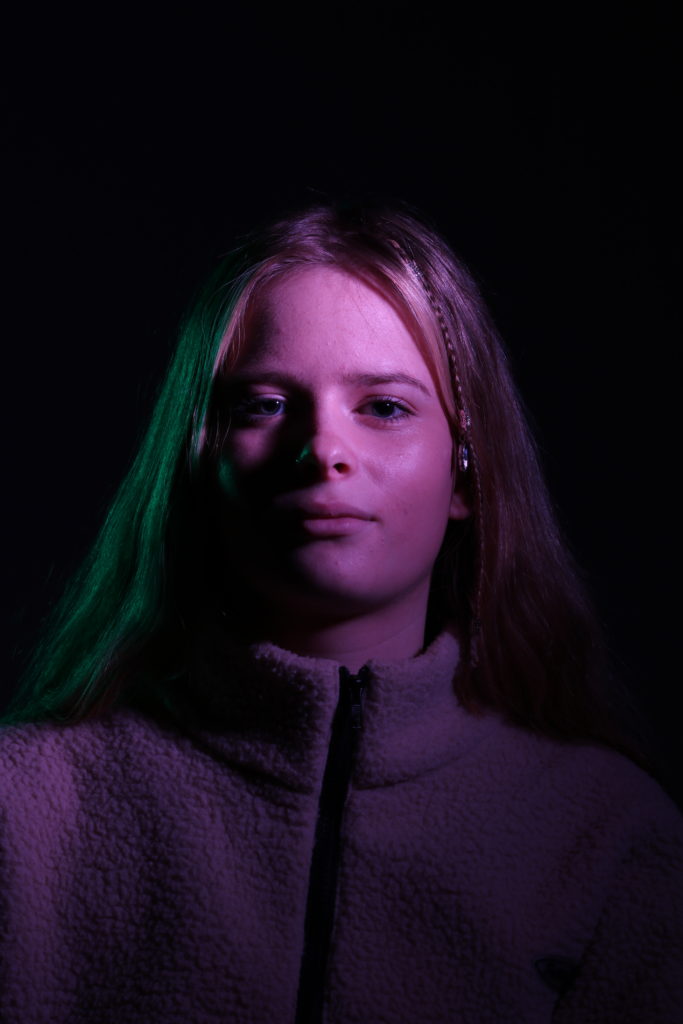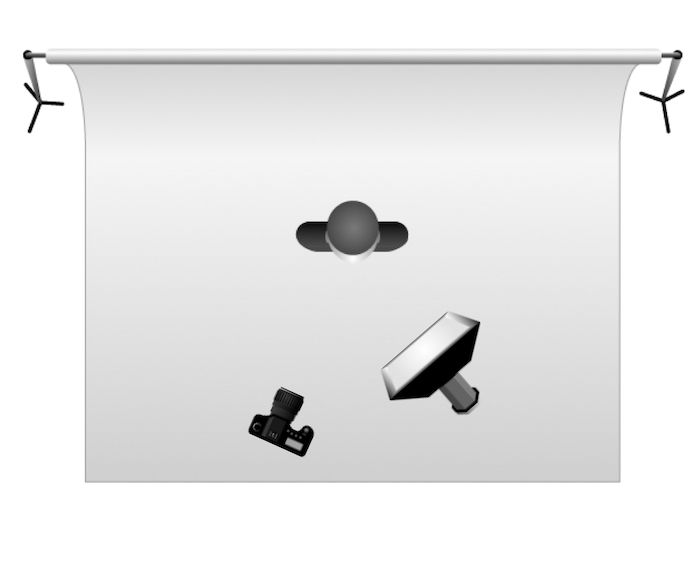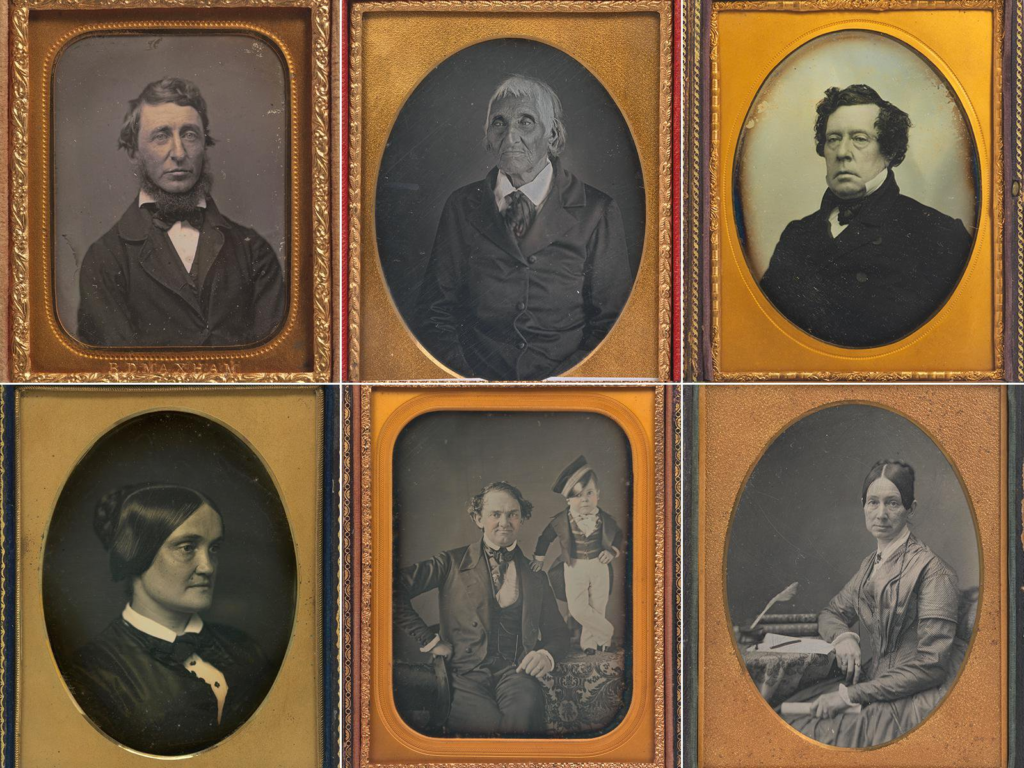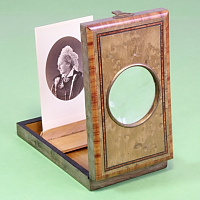A camera obscura is a dark room with a small hole or lens at one side through which an image from the other side of the hole is projected onto a wall or table opposite the hole however the image is projected upside down.
The camera obscura was used to study eclipses without damaging the eyes by looking directly into the sun. It was also used as a drawing aid, as it enabled the projected image to be traced therefore producing a highly accurate drawing, and was used as an easy way to achieve proper graphical perspective.
This method can be replicated with a pinhole camera. A pinhole camera is a camera without a lens and with a tiny aperture. effectively a light-proof box with a small hole in one side. Light from a scene passes through the aperture and projects an inverted image on the opposite side of the box, which is known as the camera obscura effect.
Nicephore Niepce & Heliography
The first “permanent” photographic method. The name heliography came from the Greek terms meaning sun drawing. This method was invented by Nicéphore Niepce and originated from his attempt to produce an image that could be reproduced mechanically and profitably.
It was the process of Heliography that created the first and earliest known permanent photograph, taken from a nature scene. It was a simple but effective way to communicate and send images over long distances during the late 19th and early 20th century. Its main uses were for the military, survey and forest protection work.
Heliography was a ground-breaking process for its time. Here’s a rough outline of how the Heliography process took place:
- The naturally occurring asphalt bitumen, is applied as a coating on glass or metal
- This chemical then hardens in depending on the light exposure available
- The plate is then washed with lavender oil.
- After washing with oil, the only area remaining would be the hardened area where the image formed.
Louis Daguerre & Daguerreotype
Louis-Jacques-Mandé Daguerre was a French artist and photographer, recognized for his invention of the eponymous daguerreotype process of photography.
The daguerreotype was the first commercially successful photographic process in the history of photography. Each daguerreotype is a unique image on a silvered copper plate
A daguerreotype is not flexible like the usual paper material of a photograph and is instead heavy. The daguerreotype is accurate, detailed and sharp. It has a mirror-like surface and is very fragile. The metal plate is extremely vulnerable, so most daguerreotypes are presented in a special housing to prevent damage.
The process to create this direct-positive process includes, creating a highly detailed image on a sheet of copper with a thin coat of silver without the use of a negative. The process requires great care. The silver-plated copper plate had first to be cleaned and polished until the surface looked like a mirror.
Henry Fox Talbot & Calotype
The Calotype was the first process of its kind that resulted in a negative paper image that was able to be reproduced into many positive images once exposed.
In this technique, a sheet of paper coated with silver chloride gets exposed to light in a camera obscura; the areas hit by light became dark in tone, making a negative image. The most important aspect of the process lay in Talbot’s discovery of gallic acid that could be used to develop the image on the paper—i.e., accelerate the silver chloride’s chemical reaction to the light it had been exposed to. The developing process permitted much shorter exposure times in the camera, down from one hour to one minute.
The developed image was fixed with sodium hyposulfite. The “negative,” as Talbot called it, could yield any number of positive images by contact printing on another piece of sensitized paper. Talbot’s process was superior in this respect to the daguerreotype, which yielded a single positive image on metal that could not be duplicated.
Robert Cornelius & self-portraiture
Robert Cornelius, an amateur chemist, took a self-portrait 175 years ago in the back of his family’s silver-plating shop. On the back, Cornelius wrote: “The first light Picture ever taken. 1839.” It was one of the first Daguerreotypes to be produced in America, only a few months after Louis Daguerre announced his invention.
In February 2014 a daguerreotype self-portrait taken by the American photography pioneer Robert Cornelius of Philadelphia was considered the first American photographic portrait of a human ever produced, and since this was a self-portrait, it was also possibly the first “selfie .”
Julia Margeret Cameron & Pictorialism
Pictorialism, an approach to photography that emphasizes beauty of subject matter, tonality, and composition rather than the documentation of reality. Its an international style and aesthetic movement that dominated photography during the later 19th and early 20th centuries.
Julia Margaret Cameron was a British photographer who is known to be one of the most important portraitists of the 19th century. She is known for her soft-focus close-ups of famous Victorian people, illustrative images depicting characters from mythology, Christianity, and literature, and for sensitive portraits of men, women and children.
Cameron and her pictorialist contemporaries pursued painterly compositions, subjects, and qualities, hoping to elevate photography to a high art. A representation of a person or thing in a work of art.
Cameron herself indicated her desire to capture beauty. She wrote,
“I longed to arrest all the beauty that came before me and at length the longing has been satisfied”
and
“My aspirations are to ennoble Photography and to secure for it the character and uses of High Art by combining the real & Ideal & sacrificing nothing of Truth by all possible devotion to poetry and beauty.”
Henry Mullins & Carte-de-Visit
Henry Mullins started working at 230 Regent Street in London in the 1840s and moved to Jersey in July 1848,
His speciality was cartes de visite and the photographic archive of La Société contains a massive collection of these. His subjects are many of the island’s affluent and influential people, including Dean Le Breton, the father of Lillie Langtry.
He was also popular with officers of the Royal Militia Island of Jersey, it was also very popular to have taken their portraits, as well as of their wives and children.
Cartes de visite consist of a print stuck to a card mount and the prints were mostly albumen and, later, emulsion based printing-out-paper. Other processes, including carbon and Woodburytype, were also used.
Cartes de visite reduced the cost of having a portrait taken and made it within reach of most people, as a result there was a dramatic increase in the number of studio photographers. They also started a collecting craze. Cartes were collected of people such as extended family, royalty and the famous.
Bibliography:
https://www.theislandwiki.org/index.php/Henry_Mullins
http://www.earlyphotography.co.uk/site/entry_I23-A.html
https://www.theartstory.org/artist/cameron-julia-margaret/
https://www.moma.org/learn/moma_learning/julia-margaret-cameron-madonna-with-children-1864/
https://www.vam.ac.uk/articles/julia-margaret-camerons-working-methods
https://blogs.loc.gov/loc/2022/07/robert-cornelius-and-the-first-selfie/
https://en.wikipedia.org/wiki/Robert_Cornelius
https://www.amphilsoc.org/exhibits/treasures/cornelius.htm
https://www.britannica.com/technology/calotype
https://en.wikipedia.org/wiki/Louis_Daguerre
https://www.britannica.com/biography/Louis-Daguerre
https://www.britannica.com/biography/Nicephore-Niepce
https://en.wikipedia.org/wiki/Camera_obscura
